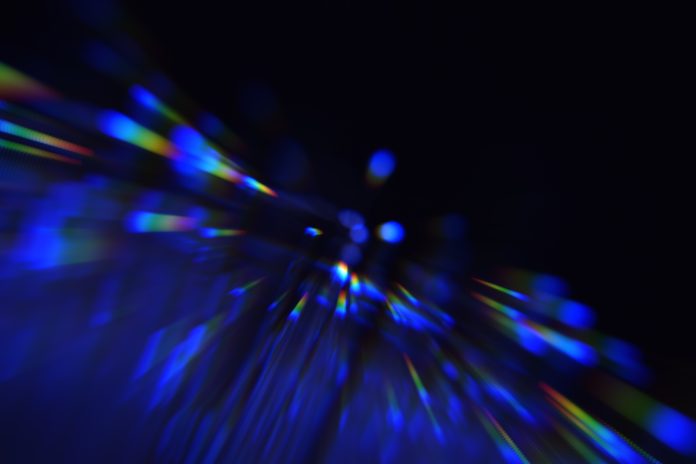University of Illinois engineers have created a groundbreaking eye-safe crystal laser. This first-of-its-kind design, utilising a buried glass-like layer, promises safer sensors and smarter tech for defence, autonomous vehicles, and advanced applications
The findings, published in the IEEE Photonics Journal, mark a new era in laser design and potential real-world utility.
A solid approach to laser performance
For decades, vertical-cavity surface-emitting lasers (VCSELs) have been integral to everyday technology, from smartphones to barcode scanners. However, the emerging field of photonic-crystal surface-emitting lasers (PCSELs) offers superior characteristics, such as high brightness and exceptionally narrow, round spot sizes, making them ideal for high-precision applications like LiDAR – a crucial remote sensing technology used in battlefield mapping and navigation.
The challenge with conventional PCSEL fabrication lies in the use of air holes within the photonic crystal layer. These air holes are prone to deformation during semiconductor regrowth, compromising the laser’s integrity and uniformity. Addressing this critical limitation, the Illinois Grainger engineers, with funding from the Air Force Research Laboratory, innovated a solution: they replaced the problematic air holes with a solid dielectric material, specifically silicon dioxide.
“The first time we tried to regrow the dielectric, we didn’t know if it was even possible,” stated Erin Raftery, a graduate student in electrical and computer engineering and lead author of the research paper. “Ideally, for semiconductor growth, you want to maintain that very pure crystal structure all the way up from the base layer, which is difficult to achieve with an amorphous material like silicon dioxide. But we were actually able to grow laterally around the dielectric material and coalesce on top.” This intricate process, a testament to their engineering prowess, has enabled the first proof-of-concept design for a PCSEL with buried dielectric features.
Opening new avenues for advanced applications
The implications of this innovative laser design are profound. By enhancing laser performance and ensuring greater stability, the new PCSEL technology paves the way for safer and more precise applications across various sectors. In defense, this could translate to more accurate targeting systems and improved battlefield awareness. For the rapidly evolving autonomous vehicle industry, the eye-safe nature and superior beam quality of these lasers could lead to more reliable and safer LiDAR systems, critical for navigation and obstacle detection.
Looking ahead, experts anticipate that within the next two decades, these advanced lasers will revolutionise industries such as laser cutting, welding, and free-space communication.











